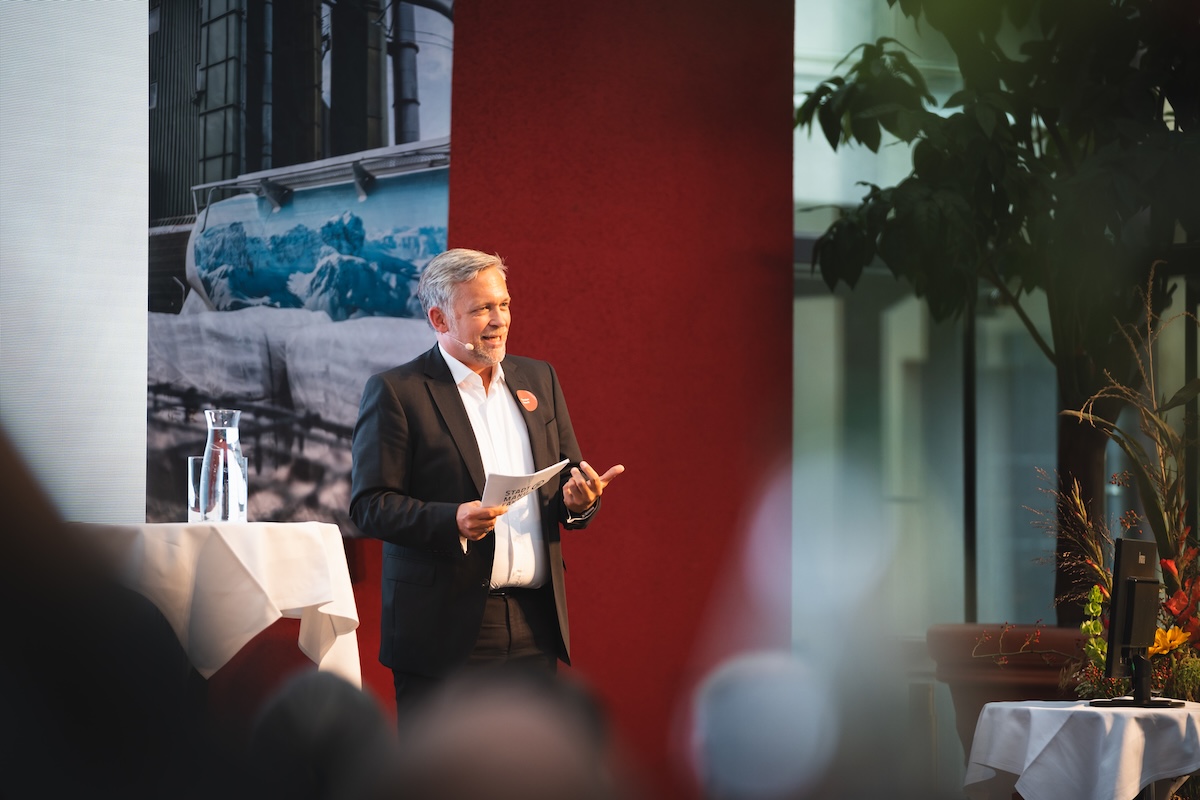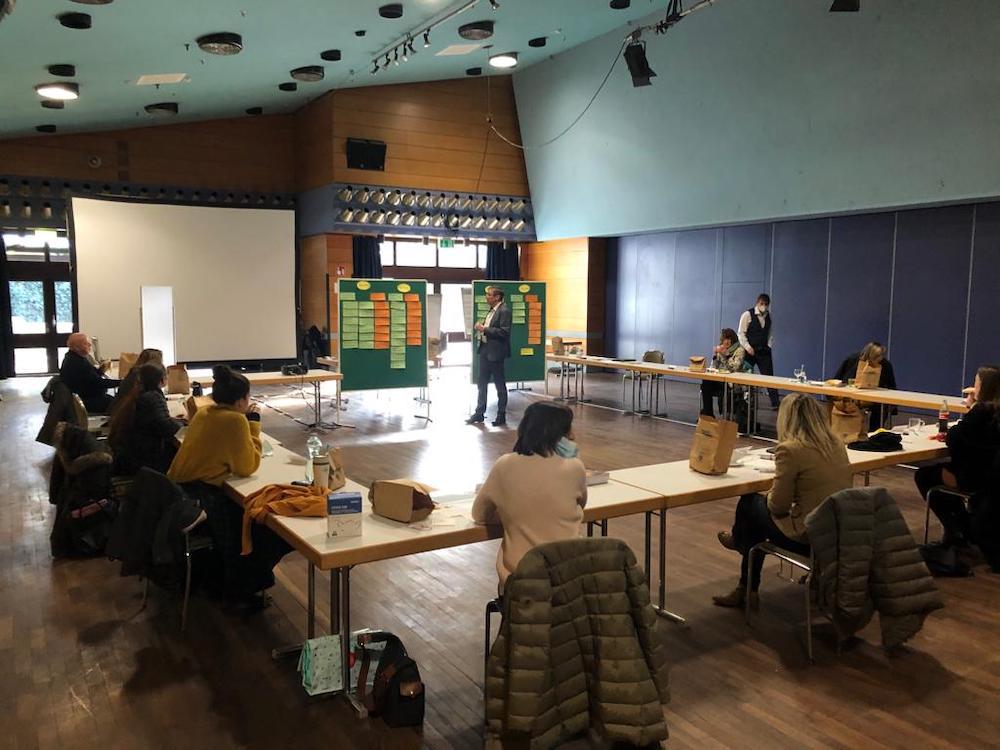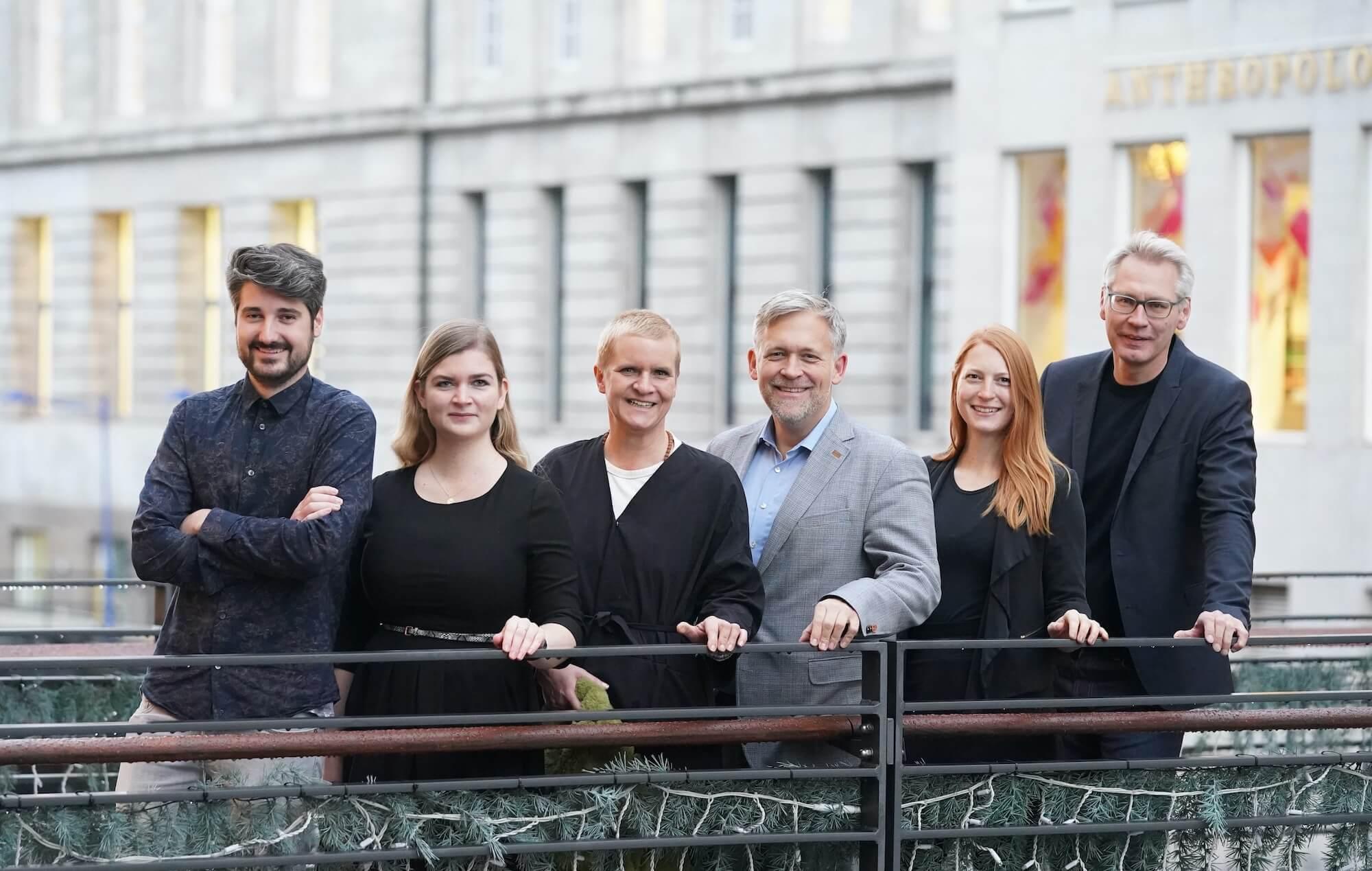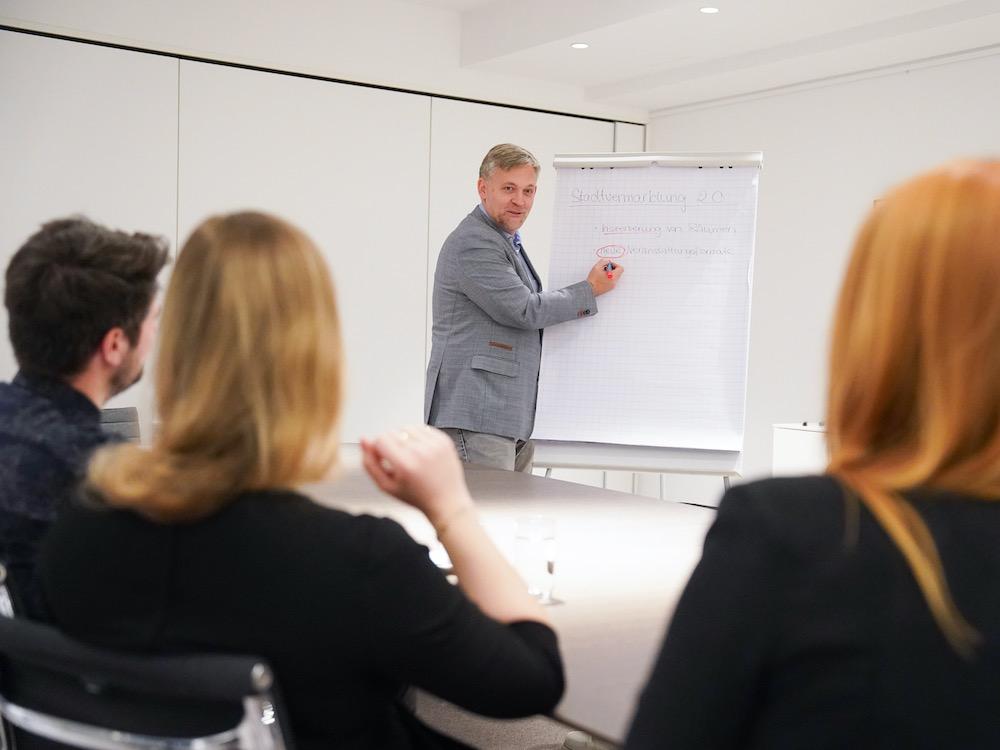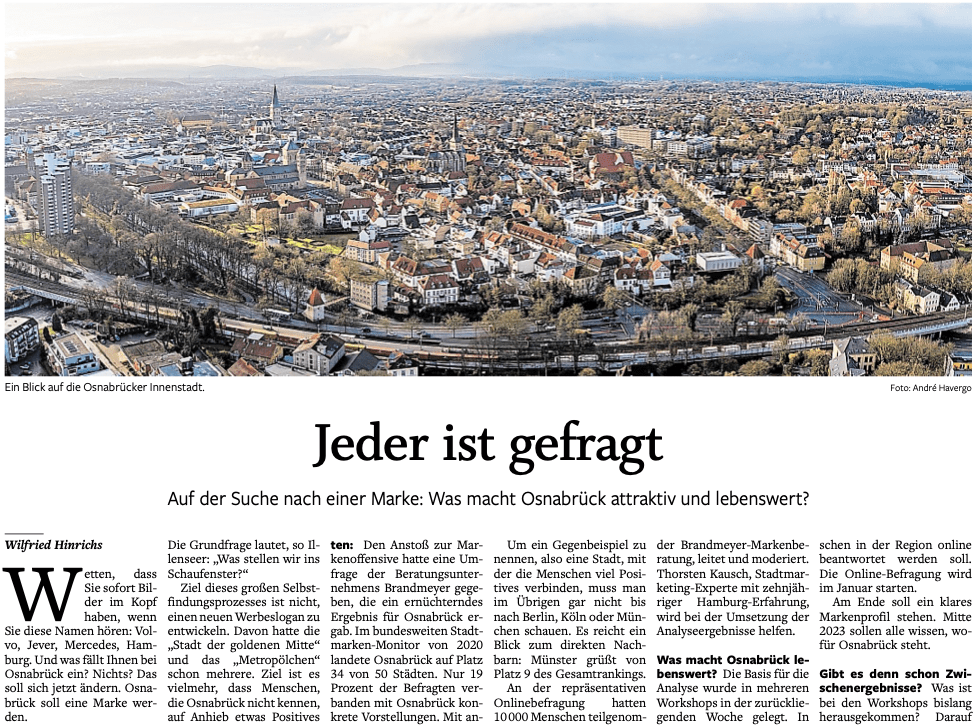CONTENT
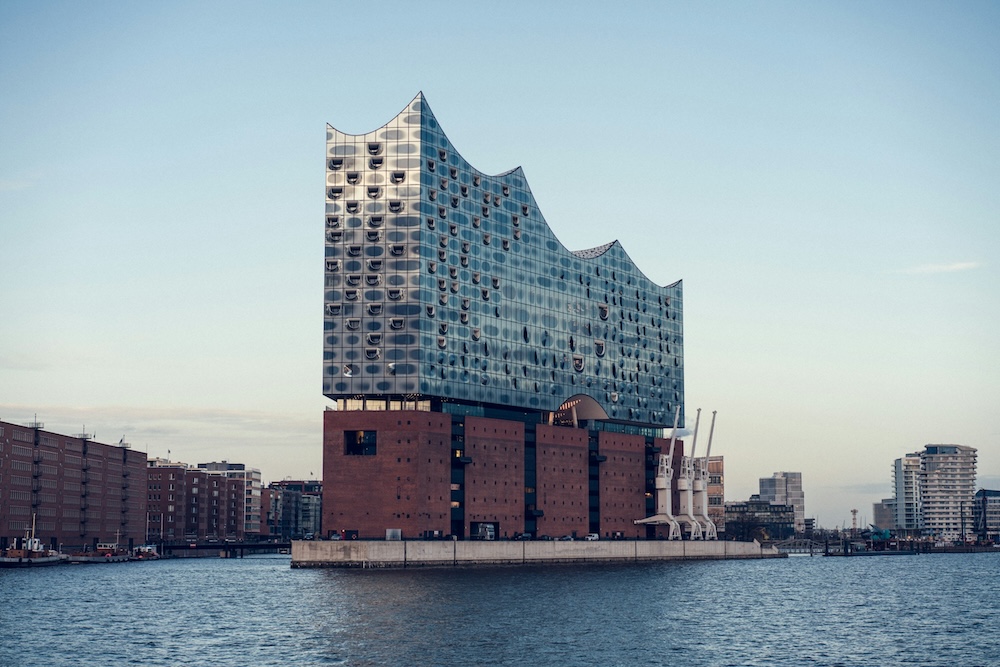
Stakeholder management is a key task in projects
Why do certain projects in cities succeed, but why do others, with even more potential, fail? Everyone is familiar with this phenomenon in relation to projects – whether in companies, associations or in urban / urban society contexts. But why is this the case, what is behind it and what options are there to change it? In this article, we look at the classification of stakeholder management as a key task for the successful implementation of projects.
Abstract:
It is an established tool for construction or urban development projects: the formal involvement of stakeholders with the aim of creating acceptance and minimizing objections so as not to prolong the process. Thorsten Kausch, Managing Director of Stadtmanufaktur, looks at the opportunities of stakeholder management in the context of large-scale projects and major events such as state garden shows and the Capital of Culture.
Stakeholder management: definition and starting position
What is stakeholder management?
The term stakeholder management refers to the process of identifying, analysing, evaluating and involving all persons or stakeholder groups that are affected by or can influence the activities, decisions or success of a project, organization or initiative.
Stakeholder management aims to understand the interests, needs, expectations and concerns of stakeholders, to involve them where possible in order to build a positive relationship with them and to support the achievement of the project’s or organization’s goals. This is based on strategic communication geared towards these stakeholder groups, which differs from or includes general public relations work for projects.
Relevance of stakeholders in terms of content vs. process
The stakeholders have different perspectives. At the same time, however, they also have different relevance with regard to the project. It is important to differentiate between relevance in terms of content and relevance in terms of process. While substantive relevance relates to the topics that the stakeholders consider to be more or less important, process relevance involves assessing the person and their potential impact in both a positive and negative sense – regardless of the formal and informal role of the respective head or institution.
Reason why: Why stakeholder management pays off
Strategic stakeholder management helps to minimize the risk of a project, promote success, strengthen legitimacy and build long-term relationships with the relevant interest groups. It is therefore a key to successful urban development and the realization of projects and ideas.
At the same time, a lack of stringent stakeholder management represents a major process risk. This exists above all in inadequate communication, when stakeholders are not or inadequately informed and therefore do not feel heard. This leads to mistrust, resistance and conflicts, as in the example of the Stuttgart 21 project. At the same time, well-designed and proactive stakeholder management can activate forces, ensure quality, create alliances and thus overcome obstacles or break down resistance.
“Projects don’t fail because of the idea, but because of the processes.”
Major projects and events: seize opportunities, minimize risks with stakeholder management
View from above: Benefits of major projects for cities
Major events such as state garden shows or Capitals of Culture offer cities a wide range of opportunities. They offer the opportunity,
- to revitalize derelict or neglected areas in the city and upgrade them in terms of urban development. New green spaces, parks and gardens or connecting paths can be created that not only beautify the cityscape, but also improve the quality of life for citizens and increase functionality.
- attract visitors from the region and beyond, which can have a positive effect on tourism and the local economy. Visitor numbers not only increase income from tourism activities, but also bring additional attention to the city and its attractions.
- create new jobs in various areas, from planning and organization to construction and operation of the event.
- promote ecological principles and establish sustainable practices. By designing green and near-natural areas, ecological habitats can be created, biodiversity promoted and the transformation of the city accelerated.
- to bring people from different parts of the city and the region together and promote social integration and community. Events, workshops and cultural activities during the event period offer opportunities for encounters and exchange between citizens of different backgrounds and interests.
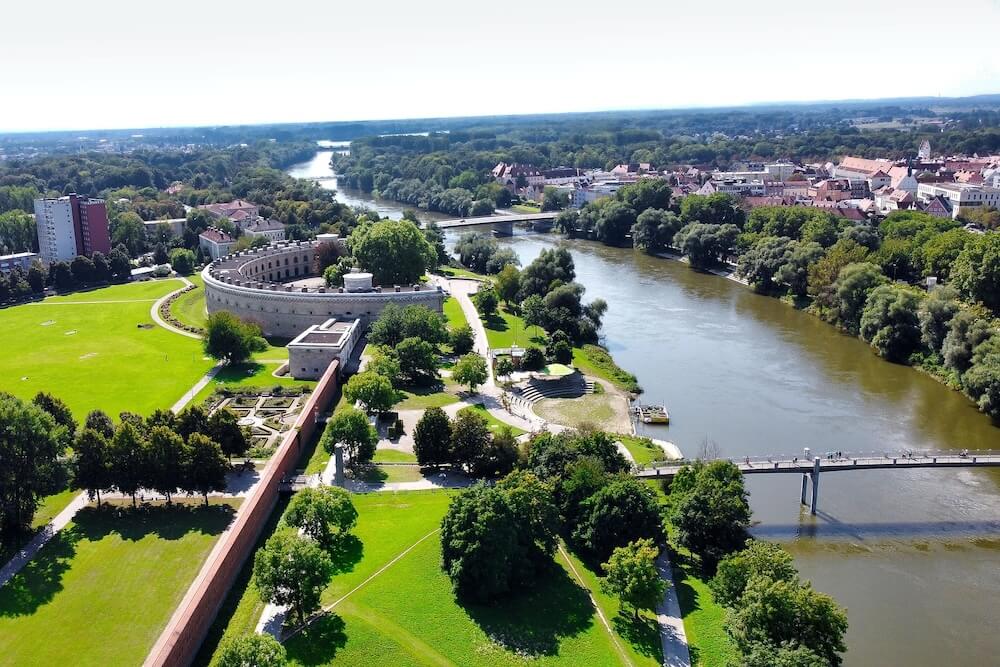
State Garden Show in Ingolstadt 2024: Major project with many participants – right across the city
Looking into the city: opportunities and risks of major projects and events
Due to the aforementioned advantages, many people and / or initiatives have an increased interest in such a major event and associate concrete – direct or indirect – expectations with it. These expectations can be very heterogeneous or even contradictory and present both opportunities and risks.
Opportunities: Event of many, for many
The chances are to make the event an event of many and for many, to make them participants and to give them the opportunity to make a contribution to its success through their own involvement; in short, to turn them into fellow campaigners. In this way, there is broad participation, which leads to joint cooperation and thus to positive communication and, as a result, a better perception of the event and the city.
Risks: Resistance and lack of acceptance
The risk However, there is a risk of preventing the necessary acceptance and creating resistance that has a negative impact on processes and perception. For example, individual stakeholders may be concerned that the focus on the event will result in previous activities being pushed into the background and the necessary support suffering. However, it can also trigger concerns among those who do not have immediate regional proximity to the venue, where they feel left behind by positive developments.
To-dos: Consider perspectives – and build sustainable relationships
In terms of stakeholder management, it is therefore important to take these perspectives, needs and concerns into account for every project with a public impact – regardless of whether it is large or small. During the analysis phase, it is therefore particularly important to consider all interest/stakeholder groups and individuals with their (positive or negative) perspectives and to qualify these in order to derive the necessary and appropriate communication measures.
In the course of the process, a constant review is then required (ideally before important milestones) in order to be able to make adjustments. And afterwards, the networks and access to stakeholders gained should be taken into account for further communication measures or projects in order to establish sustainable working and relationship networks.
Image credit: pixabay / incognito-photography

Thorsten Kausch
is Managing Director of Stadtmanufaktur and a passionate strategist, initiator and networker
